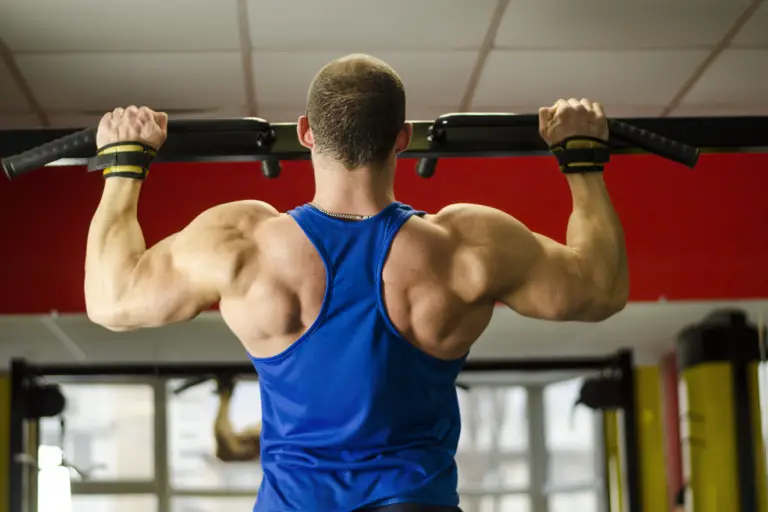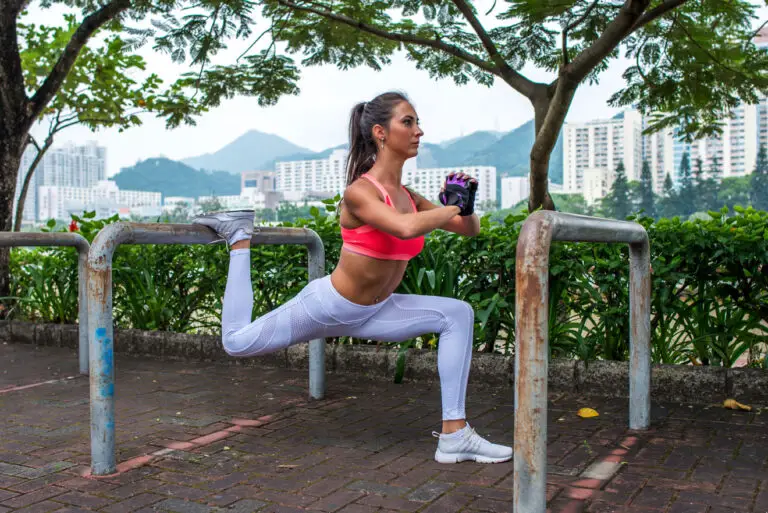Fundamentals of bodyweight training
What is bodyweight training?
Bodyweight training involves performing exercises that use your own body weight as resistance. Some of the exercises require basic equipment, such as a pull-up bar or stability ball, whereas other exercises require no equipment. The wheel rollout, inverted shrug (YT), and stability ball jackknife are examples of exercises that require basic equipment, whereas the Spiderman push-up, high reverse plank, and lunge are examples of exercises that do not require equipment.
What are the benefits of bodyweight training?
Bodyweight training can help you to:
- Master your own body weight
- Develop functional fitness
- Improve your agility, coordination, and balance
- Build an impressive foundation of muscular size and strength
- Significantly increase your muscular endurance
- Burn calories
- Lose weight
- Enhance your overall athleticism
You can also perform bodyweight training almost anywhere (for example, at home, at the park, and on vacation), and you obviously don’t have to pay any gym fees.
How effective is bodyweight training?
If your goal includes any of the benefits listed above, then bodyweight training can be very effective and useful. However, if your goal is to build extensive muscle/curves or develop significant strength, then bodyweight training will not take you very far. The reason is that, as made clear in How many sets and reps should you do?, in the Weight Training Guide, in order to build muscle/curves or strength, you have to:
- Train with heavy weights
- Keep increasing the amount of weight that you use
With bodyweight training, the amount of resistance that you have to work with is obviously limited by your body weight, thus limiting your potential to build muscle and strength. Simply increasing the number of reps that you complete will not work, because this will mainly lead to the development of muscular endurance, not muscular size and strength.
There are some measures that you can take to increase the level of resistance, such as wear a weighted vest or rucksack, or wrap a chain around your torso. However, strictly speaking, these exercises will no longer be bodyweight exercises. Other measures that you can take to increase resistance or tension without the use of auxiliary items do exist, but their effects are still limited. Such measures include:
- Changing the movement pattern of the exercise (for example, performing the archer pull-up (YT) instead of the pull-up)
- Adjusting the leverage used in the exercise (for example, performing the wheel rollout while standing instead of while kneeling)
- Using one limb instead of two limbs (for example, performing the pistol squat (YT) instead of the bodyweight squat)
- Adding isometric pauses or ‘pulses’ to the exercise (for example, pausing for a few seconds at the top of a reverse crunch, or pulsing a few times at the bottom of a bodyweight squat)
- Adding explosiveness to the movements (such as performing jump squats instead of bodyweight squats)
- Slowing the exercise down so as to increase the muscles’ time under tension
I should also mention that, just as bodyweight exercises can be adjusted to increase resistance or tension, they can also be adapted to suit a lower level of fitness or strength. This makes bodyweight training suitable for a wide range of fitness levels. For example, the push-up can be performed on the knees, and the hanging straight leg raise can be performed while lying down.
Another limitation of bodyweight training is that balancing the training programs is relatively difficult. There are many more pushing exercises than there are pulling exercises, and the pulling exercises often require basic equipment (such as a pull-up bar), whereas the pushing exercises often do not.



